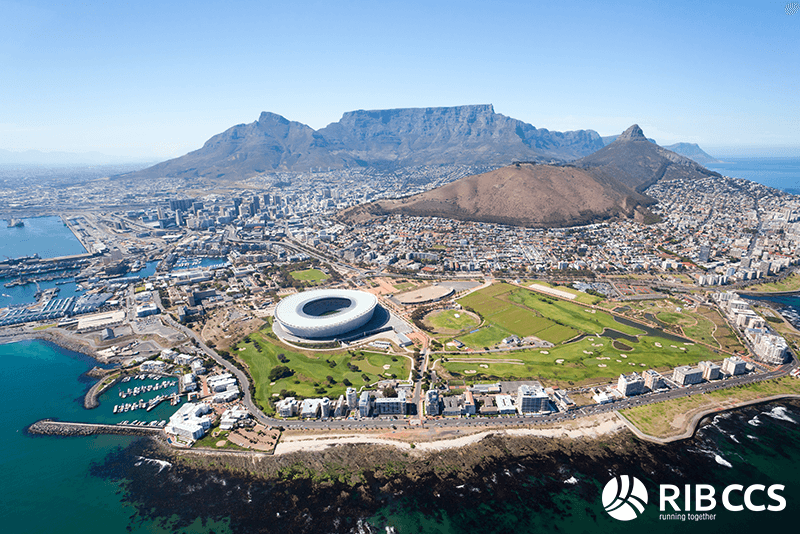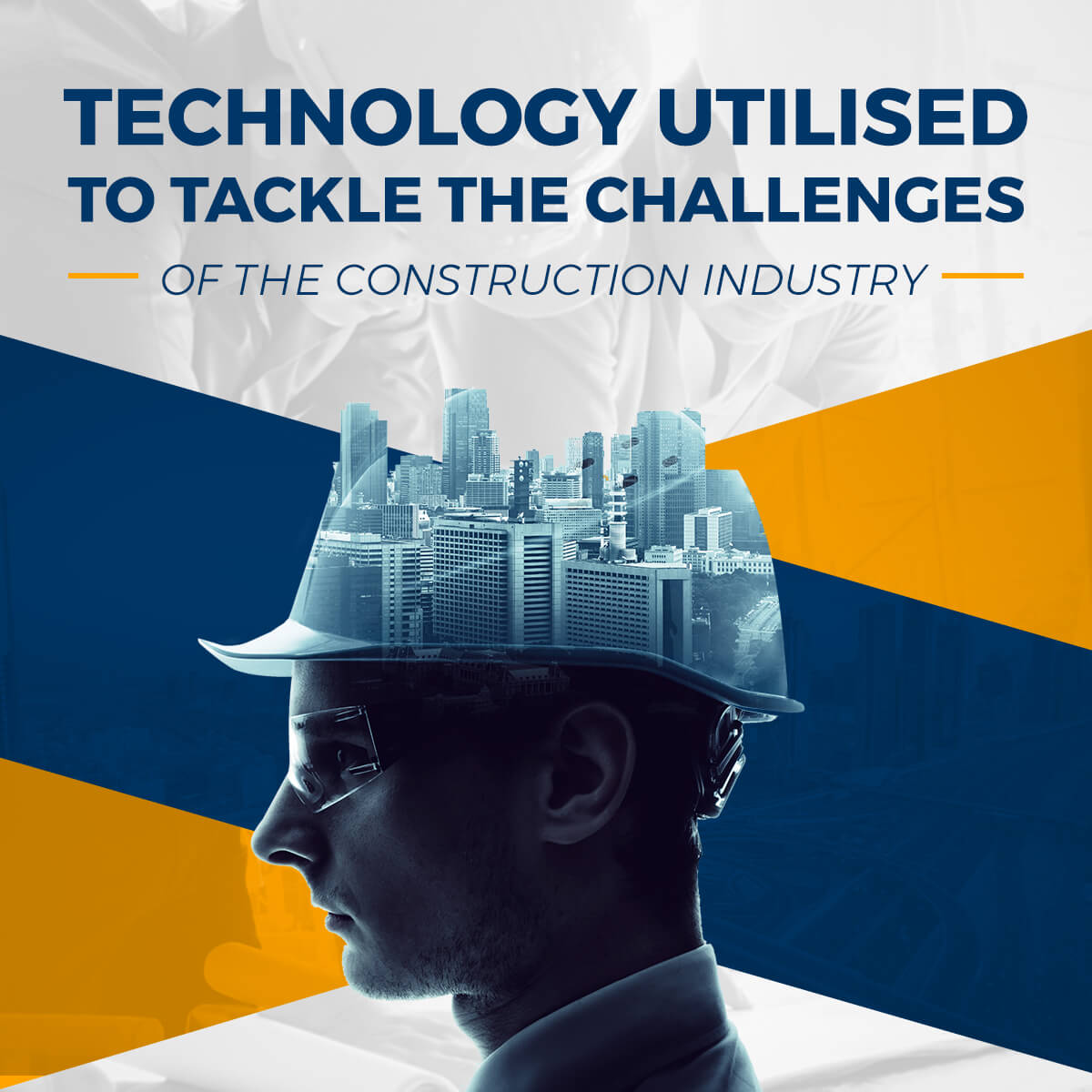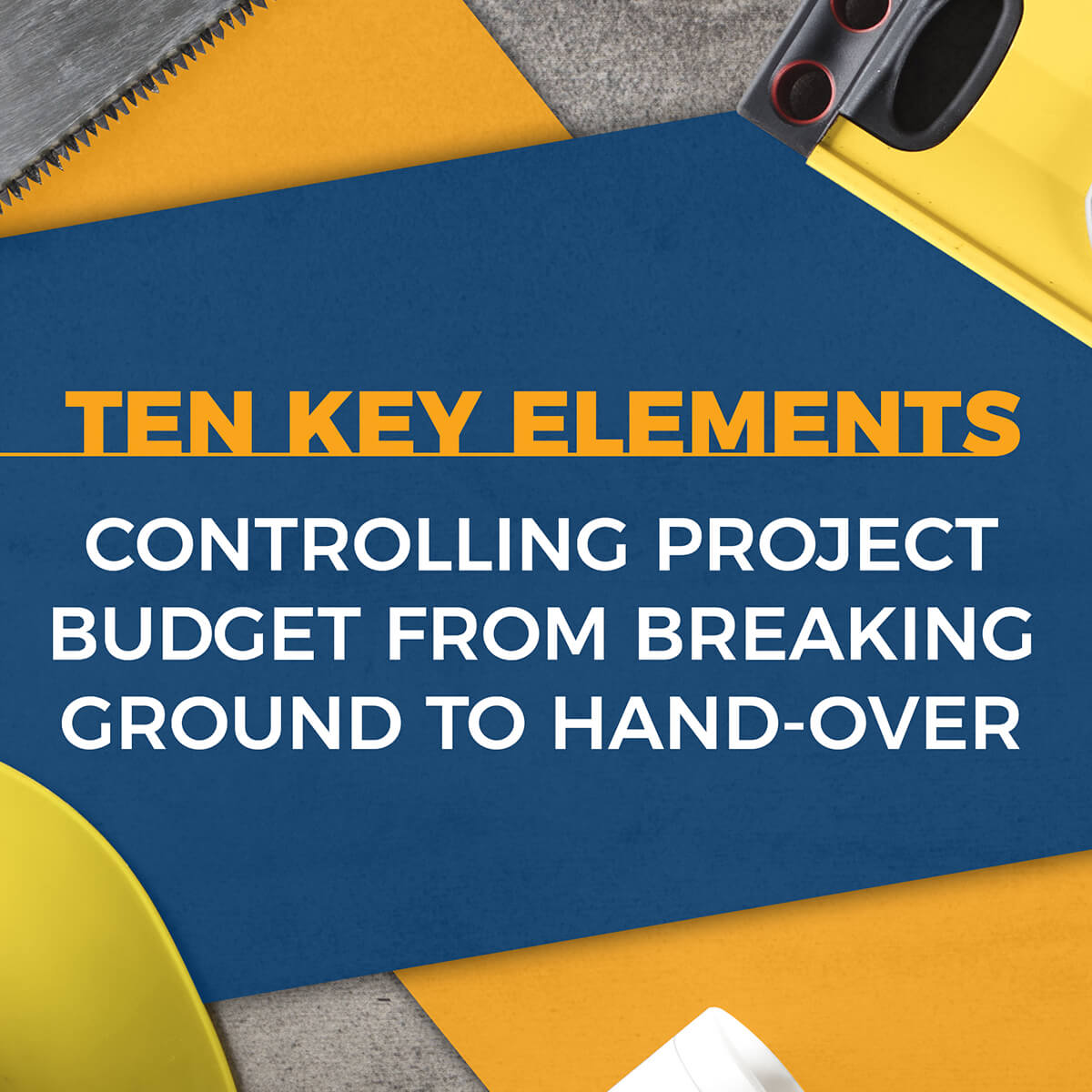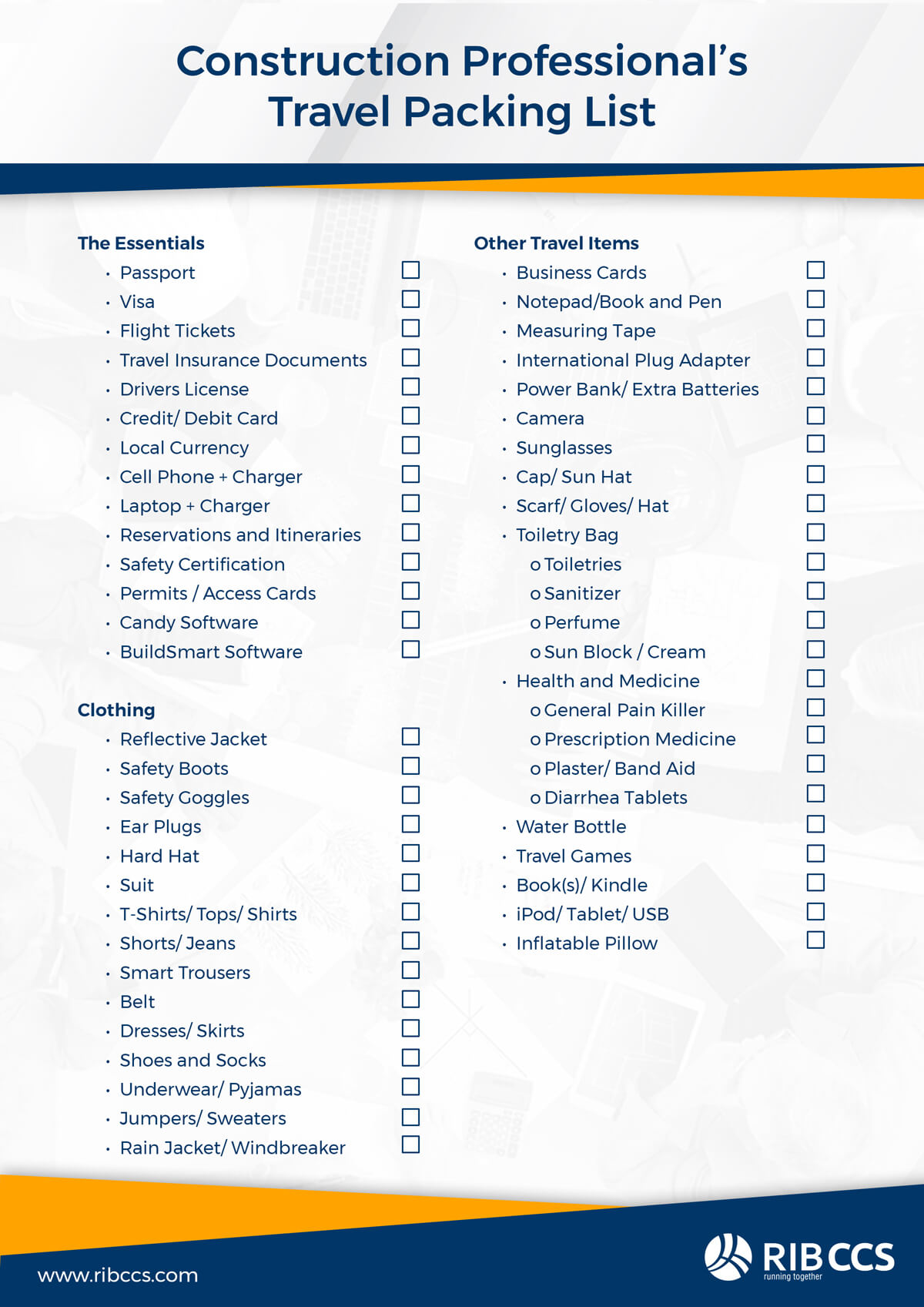Focus on Infrastructure spend in the 2019 SA Budget

On Wednesday the 20th of February, Finance Minister Tito Mboweni tabled the national budget before Parliament. The budget reflects government’s spending priorities and revenue sources over the next three years.
In his budget speech Mboweni said the budget reflects South Africa’s financial situation, it is in the interest of the people and the country and that it is aimed at safeguarding the country’s sound financial status.
He said this year’s budget is anchored on the need to achieve a higher rate of economic growth, increasing tax collections, ensuring reasonable, affordable expenditure, stabilising and reducing debt, reconfiguring state owned enterprises and managing the public sector wage bill. These were the confines within which Mboweni had to balance his budget, something which analysts have correctly referred to as a fine balancing act.
One of key features in this year’s budget is infrastructure development - the word infrastructure appears 10 times in Mboweni’s speech. This is not surprising since infrastructure is essential for economic growth and development. It is a lever to stimulate economic activity and to raise the standard of living, especially in marginalized communities.
However due to the country’s current debt profile and fiscal pressures, infrastructure expenditure will remain below the target set in the National Development Plan which is 10% of GDP. Mboweni indicated that spending on public infrastructure will total R 865 billion over the next three years.
It is significant that Mboweni also spoke of challenges in the implementation of infrastructure projects and highlighted the need for a shift in policy and direction in the delivery of infrastructure. His particular focus was on strengthening project preparation to which he allocated R 625 million.
The Minister noted that infrastructure development together with economic growth serve industrialization and modernization needs. In this regard, the country’s existing stock of infrastructure must be upgraded. This will require reducing inefficiencies and closing gaps in the delivery of infrastructure.
The budget outlined the following key areas of focus for infrastructure spending:
· Building of new education facilities, ranging from schools to universities and student accommodation, and support initiatives to address poverty, such as local community-organised school-feeding schemes;
· Energy; covering new energy generation, transmission and household electrification;
· Transport interventions; covering road-build and maintenance, rail and other forms of transport;
· Improved coordination through the Presidential Infrastructure Coordinating Committee as part of strengthening capacity to deliver infrastructure projects; and
· New infrastructure funding streams activated in the form of the Infrastructure Fund.
Highlights of the budget with regards to Infrastructure
The biggest allocation of infrastructure spending over the next three years is on transport and logistics (36%); energy (18%); and water and sanitation (15%). The allocations per category are reflected in Figure 1 below.
Figure 1: Infrastructure spending by category (R billion)

The bulk of the total R 865 billion expenditure on infrastructure over the next three years, will be undertaken by state-owned enterprises at 39% (R 339 billion) of total infrastructure spend followed by local government at 24% (R 205 billion) and provincial departments at 21.4% (R 185 billion).
Allocations by entity are depicted in Figure 2 below.
Figure 2: Infrastructure spending by entity (R billion)

Major Infrastructure Allocations by Sector
Energy:
· Energy expenditure is expected to total R 158.1 billion over the next three years, accounting for 18.3% of total infrastructure spending.
· Eskom accounts for R 134.3 billion (85%) of total energy spend. R 69 billion has been set aside for the proposed restructuring of Eskom; this translates to R 23 billion per annum.
· As part of broadening access to energy, R 17.4 billion has been set aside to connect 590 500 new households to the national grid.
Transport and Logistics
· Over the next three years, infrastructure spending on transport and logistics will total R 313.9 billion which is 36.3% of the overall investment on infrastructure.
· Transnet’s capital expenditure will amount to R 102 billion over the next three years.
· Metrorail will procure trains as part of the rolling stock fleet renewal programme. About R 41.5 billion has been allocated to the Passenger Rail Agency of South Africa (PRASA) to modernise the rail network.
· PRASA has also been allocated R 6.8 billion for signalling upgrades, R 5.2 billion to overhaul and refurbish coaches and R 3 billion for other rail-related infrastructure upgrades.
· SANRAL will receive R 3.5 billion in the MTEF for its non-toll national roads portfolio. This will allow the agency to resurface an additional 3,300km and strengthen 1,500km of national roads.
Social Infrastructure:
· More than R 30 billion has been allocated for the building of new schools and the maintenance of schooling infrastructure.
· About R 2.8 billion has been allocated to eradicate pit toilets at more than 2000 schools.
Infrastructure Partnerships:
· Government plans to work closely with private partners in order to deepen responses to infrastructure delivery gaps. The idea is to ensure that the planning, design, constructing and operation of infrastructure projects are undertaken using the best expertise available.
· The Infrastructure Fund will be allocated R 100 billion over the next three years, this will draw R 526 billion worth of projects by bringing in the private sector and Development Finance Institutions.
In Conclusion
A key development objective, as set out by the National Development Plan, is that public infrastructure investment should be 10% of GDP by the year 2030. The current budget allocations show that current public infrastructure spending is below this target and that the NDP target may not be reached.
Improvements in infrastructure stimulate economic activity and job creation. Spending on infrastructure investment provides government with an unparalleled opportunity to promote economic recovery and to focus investment on projects with long-term benefits.
For the construction sector the infrastructure development spend can play a significant role in stimulating the demand for construction projects. This programme of infrastructure rehabilitation, renovation, new build and extending existing infrastructure will contribute towards the performance of the construction sector. Construction is a relatively labour-intensive industry and any growth in the sector will play a significant role in addressing the unemployment challenge in our country.
Most Recent
Ready To Take Your Business To The Next Level?
Let's talkDownload our free Ebook

- The new normal of construction is digital
- MTWO Complete Construction Cloud
- One unified platform for project and enterprise digital management
- How to implement the Complete Construction Cloud
Download our free Ebook

- Putting connectivity and scalability in the center of a long-term digital strategy.
- Adding sustainability to the digital agenda.
- Adopting integrated platform instead of disconnected point solutions.
Download our free Ebook

- The Inherent Flaws of Generic ERP
- Build Better with BuildSmart
- BuildSmart Highlights
- The Way Forward
Download our free Ebook
.jpg) Your business will benefit from:
Your business will benefit from:
- Huge time savings in BOQ pricing
- Better Project Planning
- Increase your ROI on all projects
- Detailed bid analysis
- Powerful reporting capabilities
Download our free Ebook
.png)
- What are these 5 pillars?
- Why are they essential to your change management plan?
Download our free Ebook

- Our tips for positioning to win construction contracts against the backdrop of a hungry and competitive construction industry.
Download our free Ebook

- How Technology addresses the challenges of the Construction Industry
- ‘One source of truth’ as a principle at use in the industry today that provides a totally integrated view of costs, offering a direct impact on outcomes.
- Man, Machine and Money – meaningful links in your construction company
Download our free Ebook

- Learn how to retrieve data that drives control
- Control budgets across projects
- Increase your ROI on all projects
DOWNLOAD OUR FREE TRAVEL PACKING LIST
 Don’t know what to pack for your
Don’t know what to pack for your next business trip?
We’ve got you covered!
Get It Now




